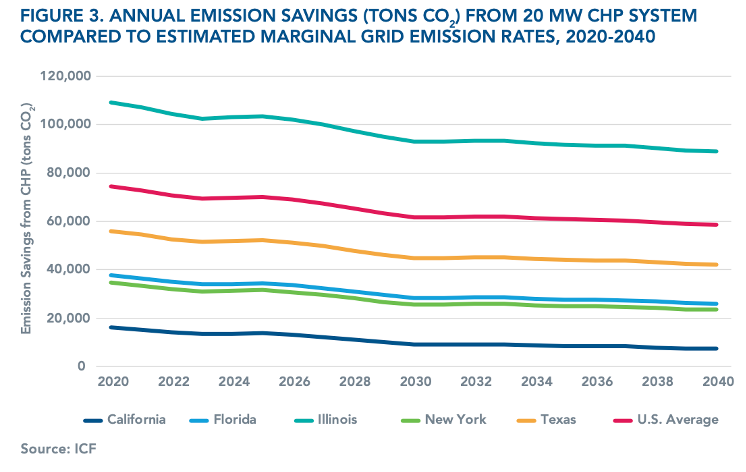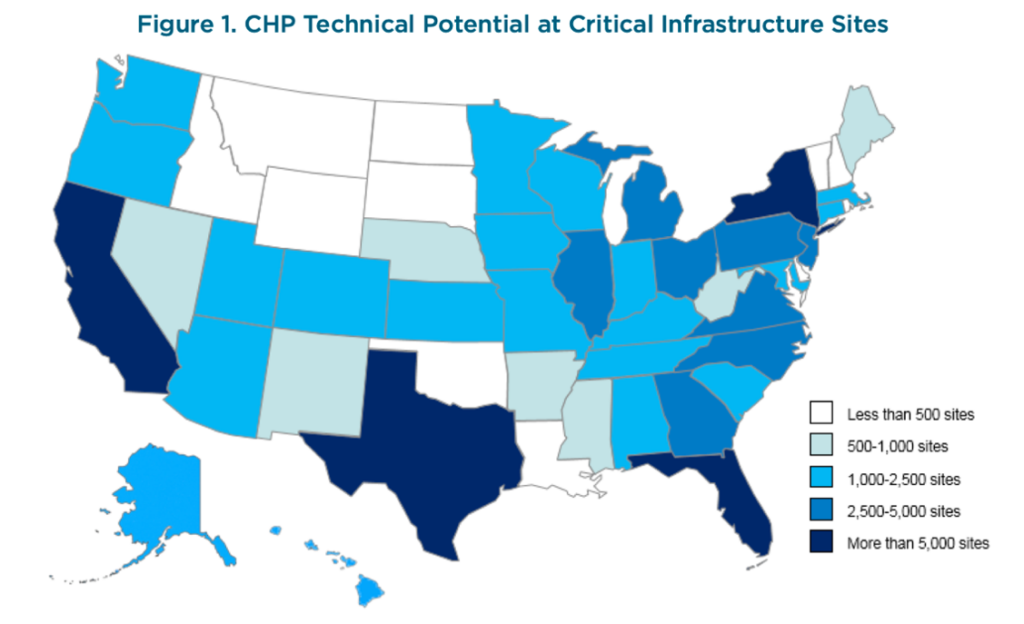
By Sabreen Ahmed, Research Associate
As we look to build the grid of the future, we know it will be less carbon-intensive, need to be more resilient, and include more distributed resources and microgrids. Recently, President Biden signed an executive order directing the federal government to achieve net-zero emissions by 2050, which includes reducing its greenhouse gas (GHG) releases by 65 percent by 2030 and ensuring facilities are powered with zero-carbon energy. There are currently 24 U.S. states and the District of Columbia have set economy-wide GHG emissions targets.
Climate change and resulting extreme weather events require our future power system to be more resilient than ever before. A study published in March 2020 found that 78% of the interruptions in the U.S. power distribution system resulted from weather-related events. The future grid will need to not only address resiliency but also need to include low-emissions technologies that meet emissions goals and do not exacerbate these effects. This requires not just one solution, but various clean energy resources and technologies utilized conjointly.
Combined heat and power (CHP) is already being used to reduce emissions and increase the efficiency of the U.S. electricity system. In all regions except for New York and California, CHP systems installed through 2035 and operating through 2050 will allow for a net reduction in carbon emissions over their system lifetime. CHP systems are also highly efficient and can be up to 35% more efficient than thermal energy and electricity provided separately. Energy losses associated with electricity transmission are avoided since CHP systems provide energy close to where it will be consumed. CHP systems will provide substantial emissions savings for states well into the future.

Source: ICF. “As the Grid Gets Greener, Combined Heat and Power Still Has a Role to Play.”
The future grid mix is expected to rely heavily on renewables, requiring the modern grid to accommodate a high percentage of intermittent energy resources. In combination with on-site renewables, CHP can be used as a demand-side technology application to allow a cost-effective solution to optimizing energy use in net-zero energy facilities.
According to a 2020 report from New Buildings Institute (NBI), the demand for net-zero energy buildings across the U.S. and Canada is growing exponentially, and the trend is likely to continue. About 64% of commercial buildings today can achieve net-zero energy goals with the use of technologies such as CHP. CHP systems at facilities that are connected to the electric grid can also provide excess power to utilities during periods of high demand. Excess energy production can offset periods of excess demand, resulting in overall annual net-zero energy consumption, as well as revenue generation for CHP owners.
In a changing climate, the increased frequency and intensity of extreme weather events is predicted to increase grid disruptions. Localized power generation through microgrids can allow facilities including critical infrastructure, such as hospitals and data centers, to maintain their electric supply and enhance resiliency against outages. Microgrids powered by CHP units can mitigate grid disturbances by keeping power flowing and limiting power outages when the utility grid is down.
As of July 2021, over 200 microgrid sites in the U.S. utilize a CHP unit. CHP is expected to continue to be a key technology in future microgrid design and there are significant opportunities to protect critical infrastructure with CHP microgrids at thousands of facilities across the country. The figure below shows states with the technical potential to install CHP at critical infrastructure facilities in terms of number of site

Source: U.S. DOE Better Buildings Solution Center. “CHP for Resiliency in Critical Infrastructure.”
The greater use of flexible CHP systems, which provide distributed energy resources to the grid, is yet another way CHP can improve grid resiliency and reliability in the future. Flexible CHP will support the grid of the future by providing additional generating capacity at times of high demand or when variable renewable resources are not available. Distributed energy resources could provide system-wide benefits to support the grid, such as decreased transmission congestion and improved grid stability.
Learn more about CHP’s role in the future power grid by viewing our latest report, CHP and the Clean Energy Future: How CHP Fits into a Modern Electric Grid and a Green Gas System.
Stay updated about future CHP Alliance events by clicking here to be added to our mailing list.
